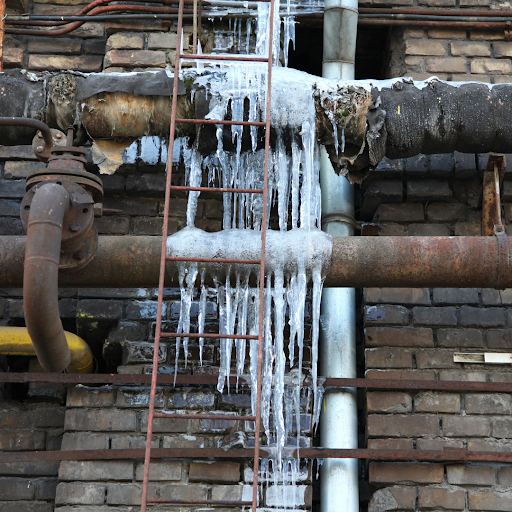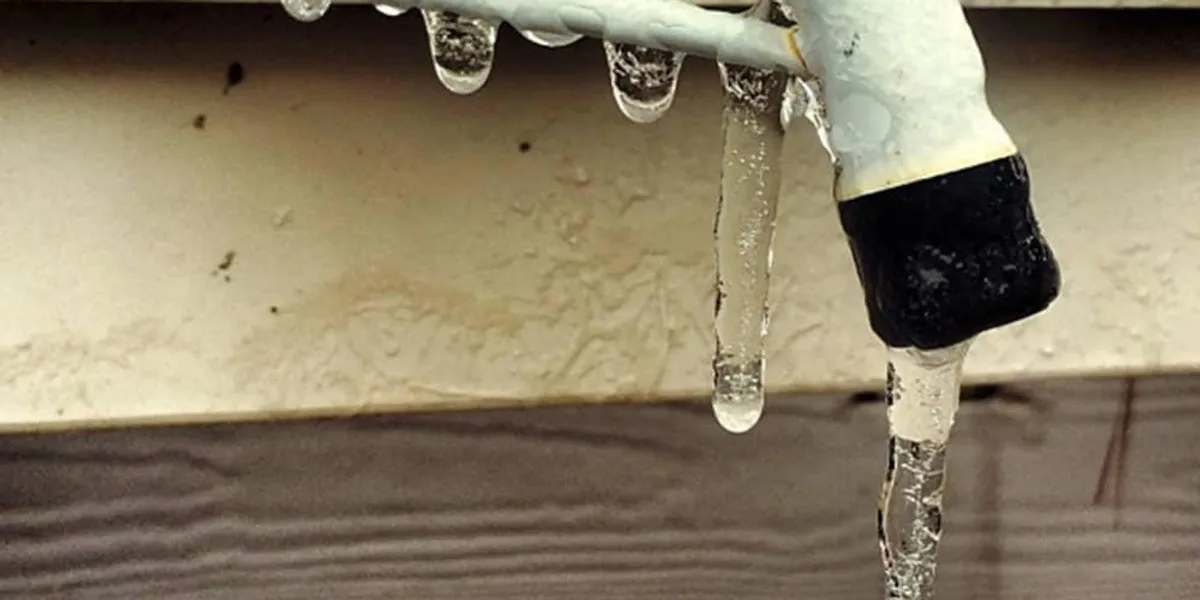Everybody seems to have their own individual perception in relation to 6 Ways to Prevent Frozen Pipes.

Winter can ruin your pipes, especially by freezing pipelines. Right here's exactly how to prevent it from happening and what to do if it does.
Introduction
As temperatures decline, the threat of icy pipes rises, possibly causing costly repairs and water damages. Recognizing exactly how to prevent icy pipes is crucial for home owners in chilly climates.
Recognizing Frozen Pipelines
What triggers pipes to freeze?
Pipelines freeze when revealed to temperatures listed below 32 ° F (0 ° C) for extended durations. As water inside the pipes freezes, it expands, taxing the pipe walls and possibly causing them to rupture.
Threats and damages
Frozen pipelines can lead to supply of water disturbances, residential property damages, and expensive repair work. Ruptured pipelines can flooding homes and trigger substantial architectural damage.
Signs of Frozen Water Lines
Determining frozen pipelines early can avoid them from breaking.
Just how to recognize icy pipes
Try to find reduced water flow from taps, uncommon smells or noises from pipes, and visible frost on subjected pipes.
Prevention Tips
Insulating susceptible pipes
Cover pipelines in insulation sleeves or make use of warmth tape to secure them from freezing temperatures. Focus on pipelines in unheated or external areas of the home.
Heating strategies
Maintain interior rooms properly warmed, specifically locations with plumbing. Open up cupboard doors to permit warm air to circulate around pipelines under sinks.
Safeguarding Exterior Plumbing
Yard hose pipes and outside taps
Detach and drain pipes garden pipes before wintertime. Install frost-proof faucets or cover exterior faucets with protected caps.
What to Do If Your Pipelines Freeze
Immediate actions to take
If you suspect icy pipelines, keep faucets available to relieve pressure as the ice thaws. Make use of a hairdryer or towels soaked in hot water to thaw pipes gradually.
Long-Term Solutions
Structural modifications
Take into consideration rerouting pipelines away from exterior walls or unheated areas. Add additional insulation to attic rooms, cellars, and crawl spaces.
Updating insulation
Buy high-quality insulation for pipelines, attics, and wall surfaces. Proper insulation assists keep consistent temperatures and decreases the risk of frozen pipes.
Verdict
Preventing icy pipelines calls for positive steps and quick reactions. By comprehending the causes, indicators, and safety nets, house owners can safeguard their pipes throughout cold weather.
5 Ways to Prevent Frozen Pipes
Drain Outdoor Faucets and Disconnect Hoses
First, close the shut-off valve that controls the flow of water in the pipe to your outdoor faucet. Then, head outside to disconnect and drain your hose and open the outdoor faucet to allow the water to completely drain out of the line. Turn off the faucet when done. Finally, head back to the shut-off valve and drain the remaining water inside the pipe into a bucket or container. Additionally, if you have a home irrigation system, you should consider hiring an expert to clear the system of water each year.
Insulate Pipes
One of the best and most cost-effective methods for preventing frozen water pipes is to wrap your pipes with insulation. This is especially important for areas in your home that aren’t exposed to heat, such as an attic. We suggest using foam sleeves, which can typically be found at your local hardware store.
Keep Heat Running at 65
Your pipes are located inside your walls, and the temperature there is much colder than the rest of the house. To prevent your pipes from freezing, The Insurance Information Institute suggests that you keep your home heated to at least 65 degrees, even when traveling. You may want to invest in smart devices that can keep an eye on the temperature in your home while you’re away.
Leave Water Dripping
Moving water — even a small trickle — can prevent ice from forming inside your pipes. When freezing temps are imminent, start a drip of water from all faucets that serve exposed pipes. Leaving a few faucets running will also help relieve pressure inside the pipes and help prevent a rupture if the water inside freezes.
Open Cupboard Doors
Warm your kitchen and bathroom pipes by opening cupboards and vanities. You should also leave your interior doors ajar to help warm air circulate evenly throughout your home.

I was made aware of that article about Helpful Tips to Prevent Frozen Pipes this Winter from an acquaintance on another web property. Sharing is nice. Helping people is fun. Thanks a lot for being here. Please come visit our site back soon.
Click Here